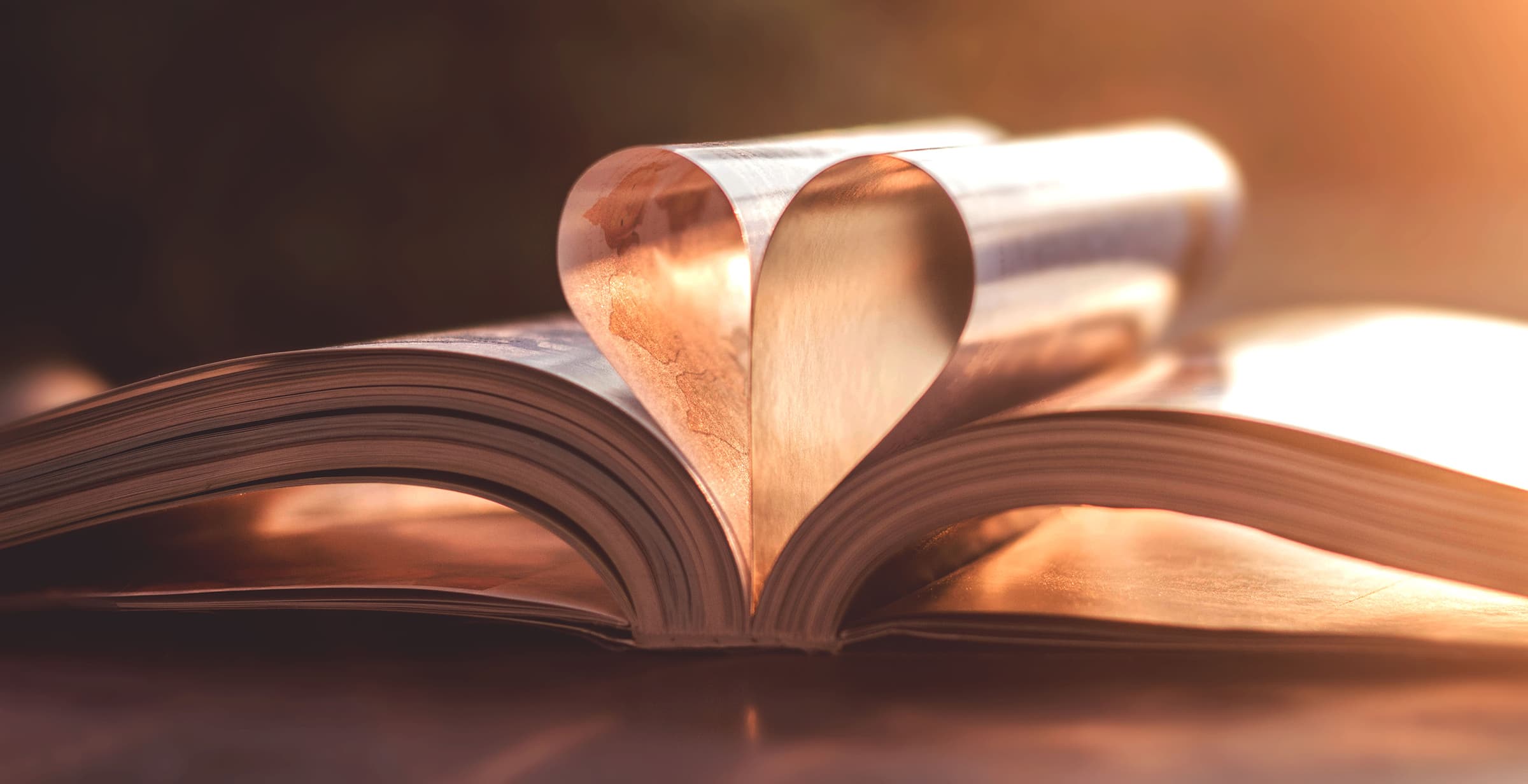

November 13, 2023
Romance novels are the top-selling genre in fiction. For many writers, creating these wonderful stories is as much fun as reading them is for readers. Readers of romance novels are always eager to read more of their favorite genre, but these readers are highly demanding when it comes to the quality they expect. If you plan to write a romance book, it must have romance novel elements that keep readers coming back for more.
Characters are ultimately what make readers decide whether to pick up a book or leave it on the shelf. Your two lead characters must be engaging while sticking to the romance novel conventions that readers expect. These are known as “tropes,” and they are essential romance novel elements.
For instance, some romance readers swoon over the so-called alpha male, who is highly masculine, demanding, and in charge. The untamable bad boy is another popular romance trope. Other readers prefer a quiet, stoic male lead, which is why cowboys top the list of desirable male leads in romances.
For female characters, some popular tropes include the bookish librarian, damsel in distress, free spirit, hard-driven career woman, or a woman who’s given up on ever finding love. Although most lead characters are depicted as conventionally attractive, this isn’t necessary. Believability and an engaging personality are most important. A lead female character should be relatable, appealing, and down to earth.
Gay romances and young adult romances are also popular subgenres of romance. They must also have the same romance novel elements as a standard romance. If you want to write a novel about two women or two men who fall in love, or if you’re intending to write for a teen audience. you will find many readers eager for great new stories.
At the top of all romance novel elements is the happy ending. You can’t have a romance novel without one.
All romance novels follow the same formula that involves the two lovers facing a series of obstacles to their love but ultimately triumphing and joining together. The obstacles may be external, internal, or both, and the route they take may have many detours, but the destination does not change.
This is one rule you can’t break, but you can add your own twist to it. You can have an ending where the main character gets some of the things he or she wants, but not everything. At the end of Linda Howard’s Cry No More, for instance, the heroine is happily married and in love, but she still hasn’t found her missing son. In Charlotte Bronte’s Jane Eyre, Jane loses everything but gains the enduring love of Mr. Rochester.
Ultimately, however, you must bring together the two love interests at the end, and you should keep the reader guessing about how they’re going to arrive there. Taking a predictable story and giving it a new twist has helped some writers become huge bestsellers.
“Predictable” is usually used as a criticism of a plot. Saying something is too predictable means the story or characters offer no surprises and the reader can figure out what’s going to happen way ahead of time. When it comes to genre fiction, however, readers want predictability when it comes to the broad plot outline. A skillful writer can take a genre plotline and make it feel fresh.
Think about this in terms of other genres. In mythical quest stories, the plot can be predicted as: Hero discovers he must complete the quest, gathers companions and resources, and sets off to successfully finish his or her adventure. In a detective novel, the story starts with a crime. The detective learns about the crime, begins putting together the evidence, and finds the offender. These are all predictable plots, yet writers have produced millions of books that use them in fresh, engaging ways.
In romance novels, some of the most popular plotlines include:
Readers look to romance novels as an escape, and that includes a desire to visit beautiful settings. Whether your novel is set in the past or the present, your settings must be places your readers would like to visit. Some romance novels are set in charming small towns, some are set in ranch and farm communities, and others in big cities. Your characters may live in humble but charming homes or luxury penthouses. Whatever settings you pick, bring them to life with detailed descriptions. If your book is a historical romance, do your research about the era.
These writers used romance novel elements to create one bestselling book after another.
If you’re determined to join the ranks of famous romance writers, you must follow the conventions of the genre. Create engaging characters, place them in attractive settings, and develop a believable new twist to the standard plots. Your readers will enjoy your books, and you will enjoy success.
At Publishing Xpress, we specialize in working with first-time writers. Once you’ve written your romance novel, we can help you get it in print.
© 2025 Publishing Xpress. All Rights Reserved.